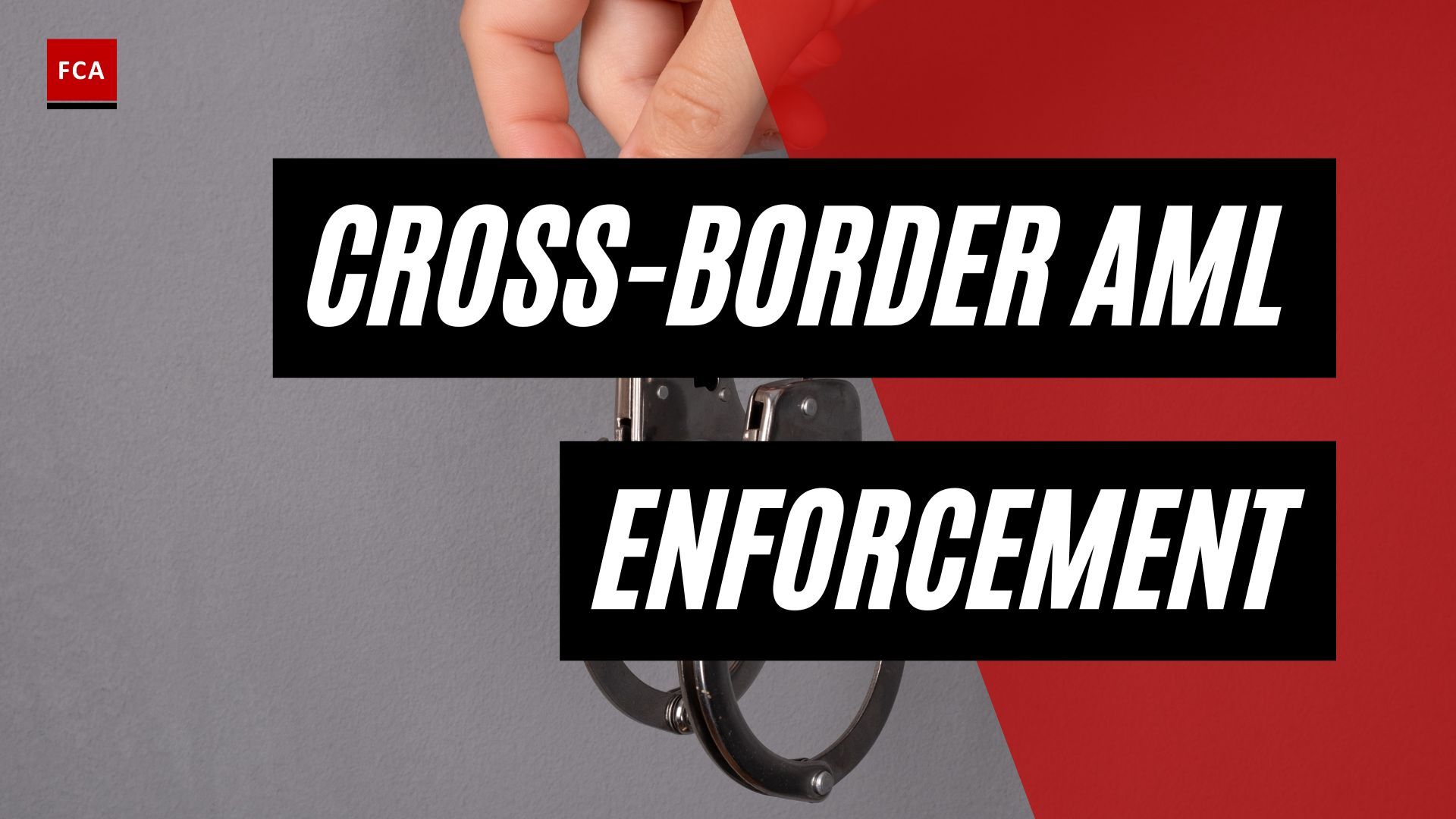Anti-Money Laundering (AML) can be defined as a set of rules, regulations and policies that help detect financial crimes and put an end to them. Typically, the common word used worldwide for anti-money laundering is AML. There are a number of regulators that are installed globally or locally to be established around the world that help in preventing financial crimes like anti-money laundering, fraud, terrorist financing and a lot more. All the firms of a country are to comply with the rules and regulations of AML. But it should be admitted that complying these regulations can prove to be tough for companies. This is the reason why most companies create AML compliance departments that take care of AML compliance fully.
Table of Contents
- Key Takeaways
- What Is Money Laundering?
- History Of Anti-Money Laundering
- What Is The Anti-Money Laundering Process?
- Why Is AML Compliance Important?
- KYC vs. AML | What’s The Main Difference?
- How Do Companies Ensure AML Compliance?
- Summary
Key Takeaways
- The term anti-money laundering (AML) can be defined as a set of rules, regulations, and policies that are set up by the respective authorities to ensure that financial crimes are being prevented and all measures are being taken against them.
- Money laundering itself is one of the major financial crimes. It is a method to hide the source, nature, and act of a crime which is done to obtain the money in an illegal way.
- The sole purpose of regulations passed by AML is to make sure that financial crimes like money laundering and fraud in businesses or other firms are being prevented.
What Is Money Laundering?
Money laundering is a financial crime of major nature that includes a criminal activity of legalizing or obtaining money illegally. Moreover, money laundering is also a process that is used to hide the source, nature and act of a crime which is done to obtain the money in an illegal way. There are a lot of ways in which the criminal activity of money laundering is being carried out. The unfortunate part is that these methods are only developing with time with the help of modern technology that introduces new ways for culprits to get their illegal tasks done. The rate of money laundering lies between 2-5 percent of the whole world’s GDP according to International Monetary Fund (IMF). There are a lot of local and global regulators that are being announced worldwide to prevent financial criminal activities like money laundering from happening. This also helps in detecting money laundering red flags as much as possible.
History Of Anti-Money Laundering
The initiatives of anti-money laundering (AML) became famous when a set of countries worldwide decided to develop the Financial Action Task Force (FATF) in July 1989 in Paris. The initial purpose of FATF was to develop and examine AML measures and ways to establish them worldwide in order to prevent financial crimes like money laundering and fraud. Soon, these measures were being promoted to be implemented instantly. But in the year 2001 after the incident of terrorist attacks done on 9/11, the FATF decided to expand this mission to include crimes like terrorist financing as well. International Monetary Fund (IMF) is another important entity that helps organizations in fighting against money laundering. This organization works in the same way as AML as its sole purpose is to implement rules and regulations to prevent financial crimes like terrorist financing and frauds.

What Is The Anti-Money Laundering Process?
The main purpose of the policies and regulations of Anti Money Laundering is to make sure that money laundering crimes are being prevented. This goal can be achieved when regulators succeed in publishing a series of processes. Firms are then instructed to follow these processes. One of these processes is called “Know Your Customer.” The companies are required to learn about their customers as mentioned by the regulators. Companies can track the information of their customers to make sure that there is no suspicious transaction going on. For instance, any customer can be a terrorist who wants to transfer money. So if a firm is not aware of that fact then they might be risking financial crime like terrorist financing. It can cause a huge loss to the company so they need to make sure that they know the customers that they are dealing with.
Why Is AML Compliance Important?
AML Compliance is considered of utmost importance. This is because if this law is not in practice, criminals will easily be able to hide their crimes and the illegal money that they have earned illegally. The role of financial institutions is of crucial importance to combat financial crime. If a financial institution fails to comply with the regulations of AML, then financial crimes will only continue to increase over time. Even though there is a lot of strictness to prevent this financial crime, but a GDP of 2-5 percent money is laundered by using a financial system. This is not a small amount. Moreover, if a financial institution fails to comply with the policies of AML and fails to detect the red flags of AML, then it will be held accountable by the regulators.
KYC vs. AML | What’s The Main Difference?
Know Your Customer (KYC) and Anti-Money Laundering (AML) are closely related to each other. This is because their obligations are almost the same. But this does not imply in any way that both of these laws are the same. There are actually a few important differences between these two. Typically, the role of KYC is to make sure that they are aware of their customers’ identities. Simultaneously, Anti Money Laundering operates at a bigger spectrum. It makes sure that all the financial institutions are taking proper measures when it comes to money laundering and combating other crimes like fraud and terrorist financing. It is mandatory for a financial institution or organization to maintain security using AML and KYC compliance.
How Do Companies Ensure AML Compliance?
Sometimes it can get challenging for companies and firms to comply with the regulations of AML. These regulations are updated on a regular basis. With an increase in penalties and audits, it is the responsibility of companies to follow these policies issued by AML to detect anti money laundering red flags. Almost every company appoints a compliance officer to deal with the procedures of compliance. The duty of this compliance officer is to make sure that the company is following all the requested rules and regulations as mentioned by the regulators of AML. One more duty of the compliance officer is to make sure that their company is being protected by financial crimes like money-laundering and frauds.

Summary
From the above discussion, we can conclude that Anti-Money Laundering is a serious procedure that needs to be followed by most companies and firms to make sure that no such activities like fraud and money laundering are being taken place. In this article, KYC is defined as “Know Your Customer” which is a separate law that requires a financial institution to know their customer and who they are dealing with. Although both these laws have similar purposes they are not at all the same. KYC is developed to prevent criminal activities like terrorist financing from happening while the role of AML is to make sure that proper measures are being taken by companies all over the world to prevent financial criminal activities like money laundering and fraud.








